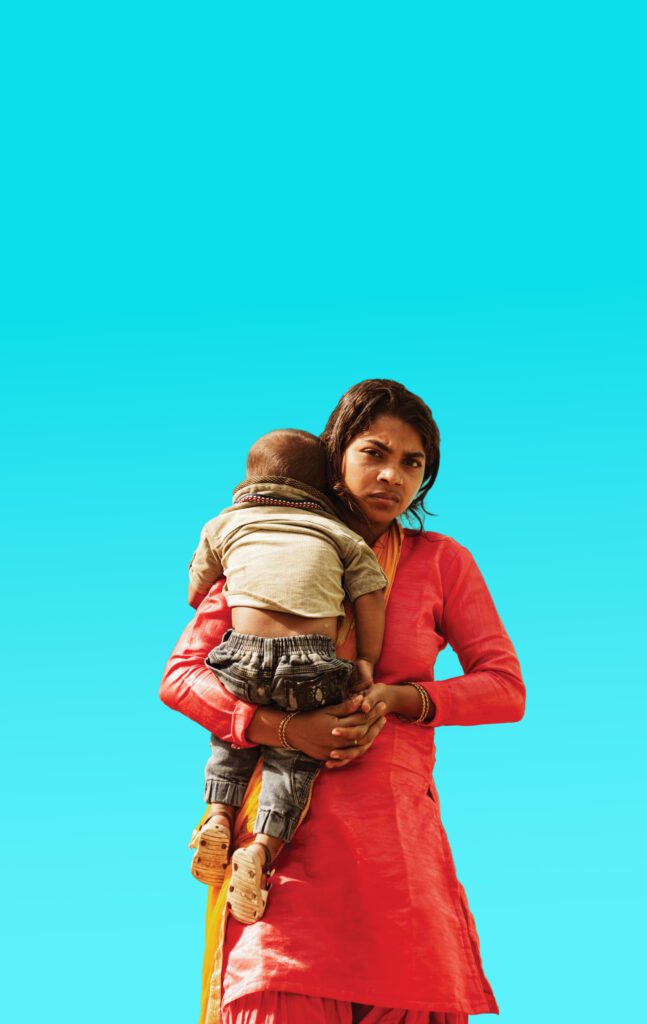
We returned to Haiti this week, on the three month anniversary of the earthquake, to try to keep some of the promises implicit in our first visit. Timberland CEO Jeff Swartz enabled us to bring a delegation that met with everyone from the Minister of Health to the World Food Programme. There’s more to tell than will fit here. Not all of it hopeful. But one moment was and because of your amazing friendship and support I wish you’d have been there to see it.
At a crowded intersection in downtown Port au Prince stands a building not damaged by the earthquake that is being used by Handicap International. In front, the chaos of Haiti’s capital plays out as cars race by and people swarm through the streets while others stand waiting for the packed, colorful minivans known as tap-taps. Inside the building it is also crowded but very, very quiet.
The first two rooms on the ground floor are unlit and dusty, with work tables and machines and electric cords snaking across the floor. A few lanterns hang from the ceiling. This is one of only two workshops in Port au Prince able to make prosthetic limbs for the several thousand new amputees recovering from the trauma sustained when crushed by falling buildings. A dozen artificial limbs in various states of construction are leaning against a wall, as if dancers on prom night taking a rest. Technicians at lathes stare at blueprints and specifications to ensure the next limb will fit the next body.
In the back is a sunlit open courtyard. Benches line the perimeter. There sit at least a dozen Haitians: men, women, boys and girls who have lost one or both legs in the earthquake. Some have family members with them who seem to hang back as if realizing that they will never truly understand what their loved one is going through.
An elderly woman in a green dress is being coaxed forward to take her first steps on her temporary prosthetic device. A somewhat angry young man in his early thirties is sitting and waiting for a technician. A beautiful dark haired girl of thirteen or fourteen sits in a clean red dress with her eyes cast down toward the ground as she gently rubs the jagged scar at the stump of her right leg. A young boy of about eight is in a chair and is having the below-the-knee stump of his leg eased into the soft socket of the artificial limb. He wears a Star Wars t-shirt whose bold logo suggests anything is possible though it is far from clear that he can share in such optimism. I don’t know his name but let’s call him Skywalker. More amputees sit in chairs waiting and staring into the distance.
Even before the earthquake Haiti had almost no capacity to handle rehabilitation after amputation. The technicians and therapists working with the patients are volunteers brought in from El Salvador, which is home to a prominent prosthetic training school. They speak neither the French nor the Creole spoken throughout Haiti. Their patients are having the most important conversations of their lives through pantomime and hand signals. But what they lack in language they make up in tenderness. One young therapist whispers something soothing to the girl whose face seems more stricken than her injured body. A volunteer from Australia gently taps Skywalker’s stump to probe for and be able to protect areas where he will feel the most discomfort.
I’ve come to visit with former Senator Bob Kerrey who lost a leg in Vietnam and has been active ever since in helping build prosthetic clinics in places that have none, and Winfried Danke, the executive director of the Prosthetics Outreach Foundation. Senator Kerrey is talking to the young man in his thirties and it is not clear that he is getting through to him. I see Bob do something I’ve only seen him do once in the 26 years we’ve been friends. He pulls up the cuff of his pant leg and shows the man that he too has a prosthetic limb. It’s not clear whether the gesture has its intended impact but across the room, the young girl who has been sitting sadly sees this out of the corner of her eye and becomes suddenly animated. Her hand shoots out, flutters and grasps to grab the attention of the therapist with whom she cannot speak. She points toward Bob, insists that the therapist look too, and for the first time that day her face breaks into a huge grin.
Meanwhile eight-year old Skywalker is being lifted up to take his first step since he was injured months ago. He is trying to be brave but he winces a bit with the pain of using new muscles. No less than four technicians are kneeling around him, one helping him balance, another assessing his step, another whispering encouragement. He tries again and his eyes fill with tears. There is bravery and determination in this once routine action that most of us take for granted. My memory flashes back to Neil Armstrong taking that first tentative step on the moon. I think about what a powerful a moment that was, and how it was nothing compared to this.
I’ll write again soon to tell you more about the conditions here and the progress we are making. Some problems, like those here in Haiti, are so complex that they almost defy response. They leave us feeling almost helpless and resorting to options that are not governmental but personal, not strategic but instinctual. They reinforce the often underestimated value of just a little tenderness. Mostly they remind us that of the numerous challenges that lie ahead, sometimes the greatest courage of all lies in taking that one first step.


